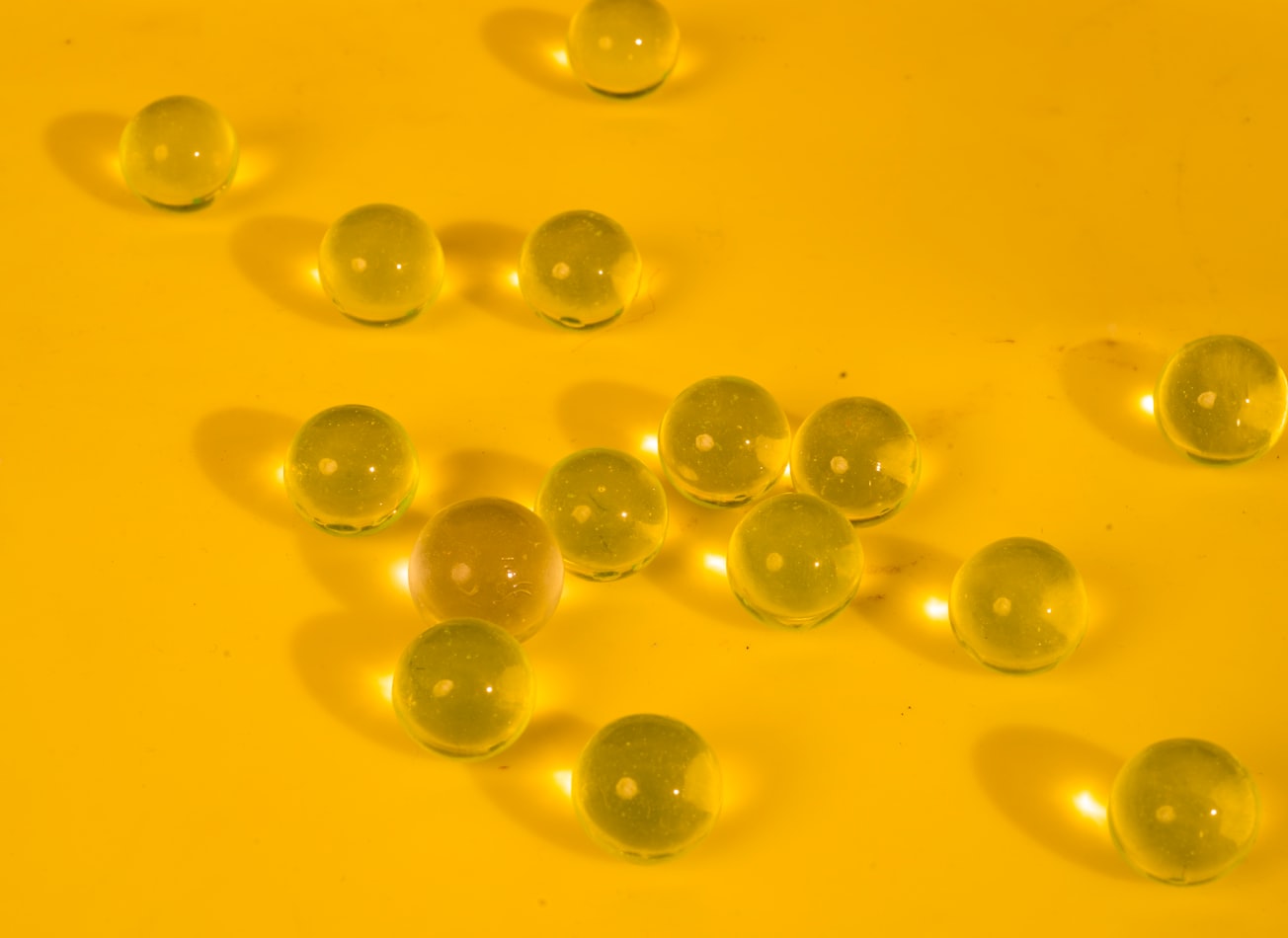What is it about?
1. Three new uranyl complexes were synthesized and characterized using various methods. 2. The three ligands attached to the uranyl ion bound via different atoms. 3. Acetate groups had monodentate binding to the uranyl ion. 4. Theoretical calculations predicted the reactivity of the complexes. 5. The uranyl complexes showed high DNA binding activity and strong binding to human serum albumin. 6. The complexes were evaluated for antibacterial activity against four bacterial strains. 7. [(UO2)(OAc)2(MP)] showed the greatest antibacterial activity against Klebsiella pneumonia. 8. In vitro cytotoxicity tests revealed that [(UO2)(OAc)2(SCZ)] was the most cytotoxic complex against a colon cancer cell line. 9. Uranyl addition enhances the antibacterial and anticancer properties of the free ligands.
Featured Image

Photo by James Graham on Unsplash
Why is it important?
1. Three new uranyl complexes were synthesized and characterized using various methods. 2. The three ligands attached to the uranyl ion bound via different atoms. 3. Acetate groups had monodentate binding to the uranyl ion. 4. Theoretical calculations predicted the reactivity of the complexes. 5. The uranyl complexes showed high DNA binding activity and strong binding to human serum albumin. 6. The complexes were evaluated for antibacterial activity against four bacterial strains. 7. [(UO2)(OAc)2(MP)] showed the greatest antibacterial activity against Klebsiella pneumonia. 8. In vitro cytotoxicity tests revealed that [(UO2)(OAc)2(SCZ)] was the most cytotoxic complex against a colon cancer cell line. 9. Uranyl addition enhances the antibacterial and anticancer properties of the free ligands.
Perspectives
1. Three new uranyl complexes were synthesized and characterized using various methods. 2. The three ligands attached to the uranyl ion bound via different atoms. 3. Acetate groups had monodentate binding to the uranyl ion. 4. Theoretical calculations predicted the reactivity of the complexes. 5. The uranyl complexes showed high DNA binding activity and strong binding to human serum albumin. 6. The complexes were evaluated for antibacterial activity against four bacterial strains. 7. [(UO2)(OAc)2(MP)] showed the greatest antibacterial activity against Klebsiella pneumonia. 8. In vitro cytotoxicity tests revealed that [(UO2)(OAc)2(SCZ)] was the most cytotoxic complex against a colon cancer cell line. 9. Uranyl addition enhances the antibacterial and anticancer properties of the free ligands.
Mostafa Hussien
King Abdulaziz University
Read the Original
This page is a summary of: Complexation of uranyl (UO2)2+ with bidentate ligands: XRD, spectroscopic, computational, and biological studies, PLoS ONE, August 2021, PLOS,
DOI: 10.1371/journal.pone.0256186.
You can read the full text:
Contributors
The following have contributed to this page







